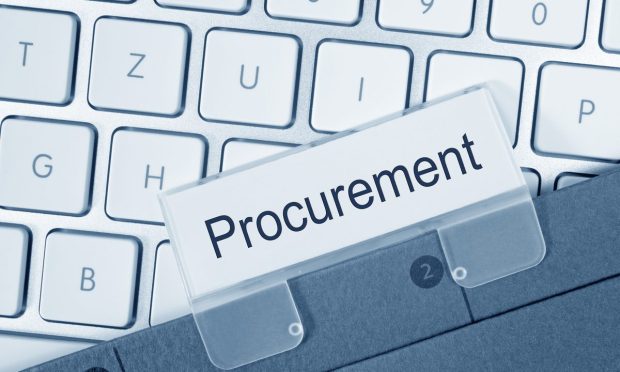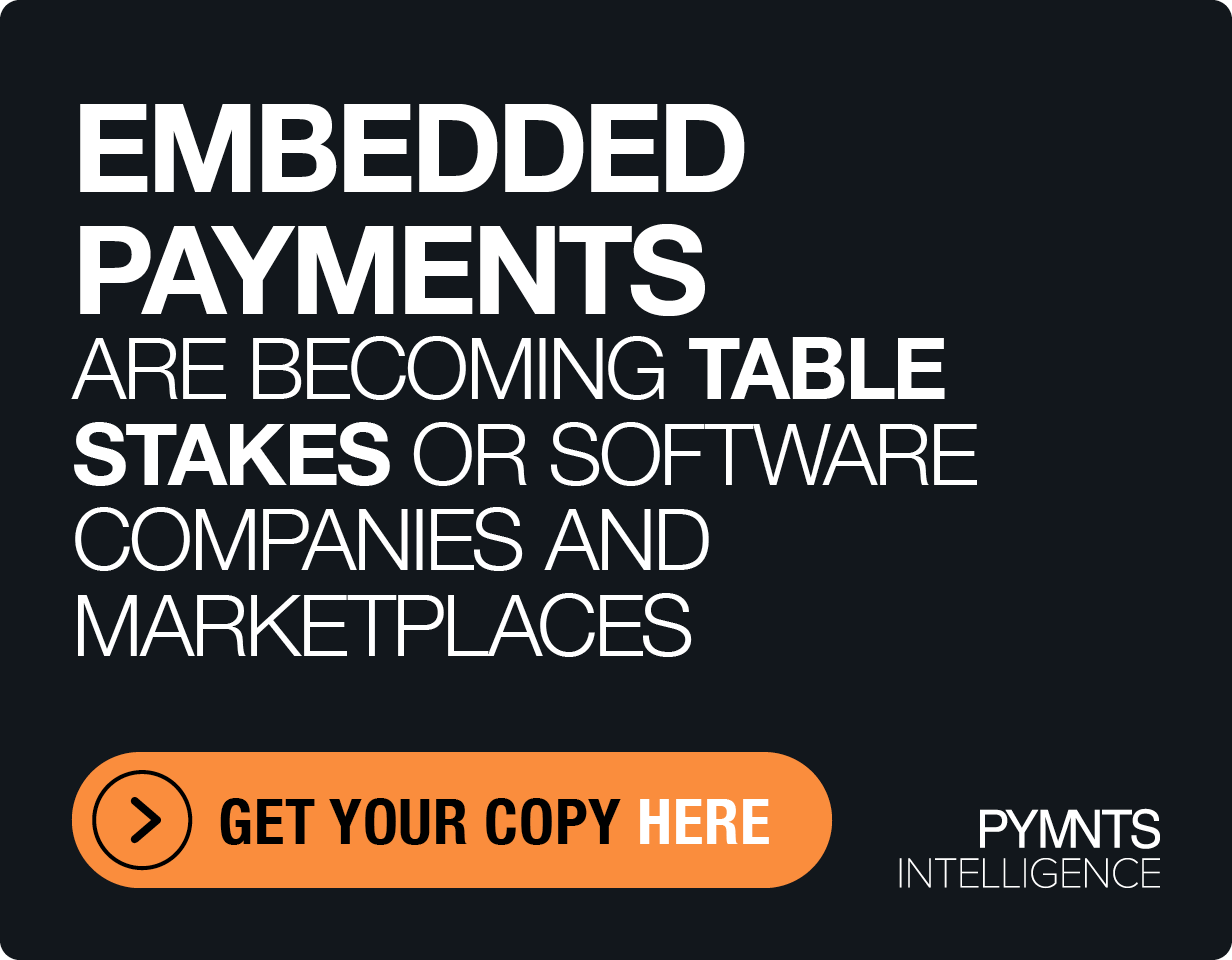Missing, Inaccurate Procurement Data Costs B2B Firms $600B a Year

The widespread shift to remote work is fundamentally changing the procurement process. Historically, businesses have managed B2B payments in centralized offices, where employees could easily exchange paper documents to authorize business expenditures. Today, that is no longer practical — or even feasible.
In response, many businesses are striving to digitize their procurement operations. And in doing so, they also find they’re able to streamline operations in ways they never imagined before. Legacy procurement operations can severely limit businesses’ ability to make real-time assessments with the most accurate data, especially when teams are logging information manually.
In fact, collectively, U.S. businesses lose $600 billion yearly due to inaccurate or missing data when making procurement decisions, according to Enabling B2B Payments for the Virtual Workforce, a PYMNTS and Conferma Pay collaboration.
Becoming More Decentralized
The new circumstances require a fundamental shift from paper-based procurement systems to digital alternatives that accounts payable (AP) and accounts receivable (AR) teams can use to store and share electronic files easily and quickly from laptops, smartphones and tablets.
Leveraging decentralized digital procurement systems, such as cloud-based platform solutions, can allow businesses to efficiently collect, store and analyze data to optimize their operations. Advanced data analytics and automation can help firms determine optimum workflows, reduce errors and eliminate redundancies. Given this, companies should consider procurement innovations to be long-term investments in payments optimization — and not just quick fixes to a temporary problem.
Positioning for Long-Term Success
Adopting digital infrastructure is only the first step to succeeding in the rapidly evolving digital-first B2B ecosystem. Firms must also ensure that their new operations are efficient and position them for long-term success.
One tool that can help is virtual cards. These offer operational benefits that can support remote workforces, reduce payment costs and enhance firms’ ability to monitor and forecast cash flow. Virtual cards can improve employees’ user experiences for everyday professional purchases, whether workers are operating remotely or on business trips. Cards can be sent directly to employees’ smartphones via bank or company AP portals, while plastic corporate cards must be distributed in advance and could be misplaced.
Virtual cards can also be integrated into companies’ broader enterprise resource planning infrastructures and issued to vendors and employees without manual intervention. This means virtual cards can be used for supplier payments as well as employees’ everyday expenditures, and that they can be automated to reduce long-term operational costs.
Virtual cards also give businesses greater insights into their AP and AR operations. Virtual cards that are connected to businesses’ ERP systems can transmit information about where payments are in the transaction process, giving companies end-to-end visibility into payment flows and helping managers make more informed financial decisions about cash flows and credit.
